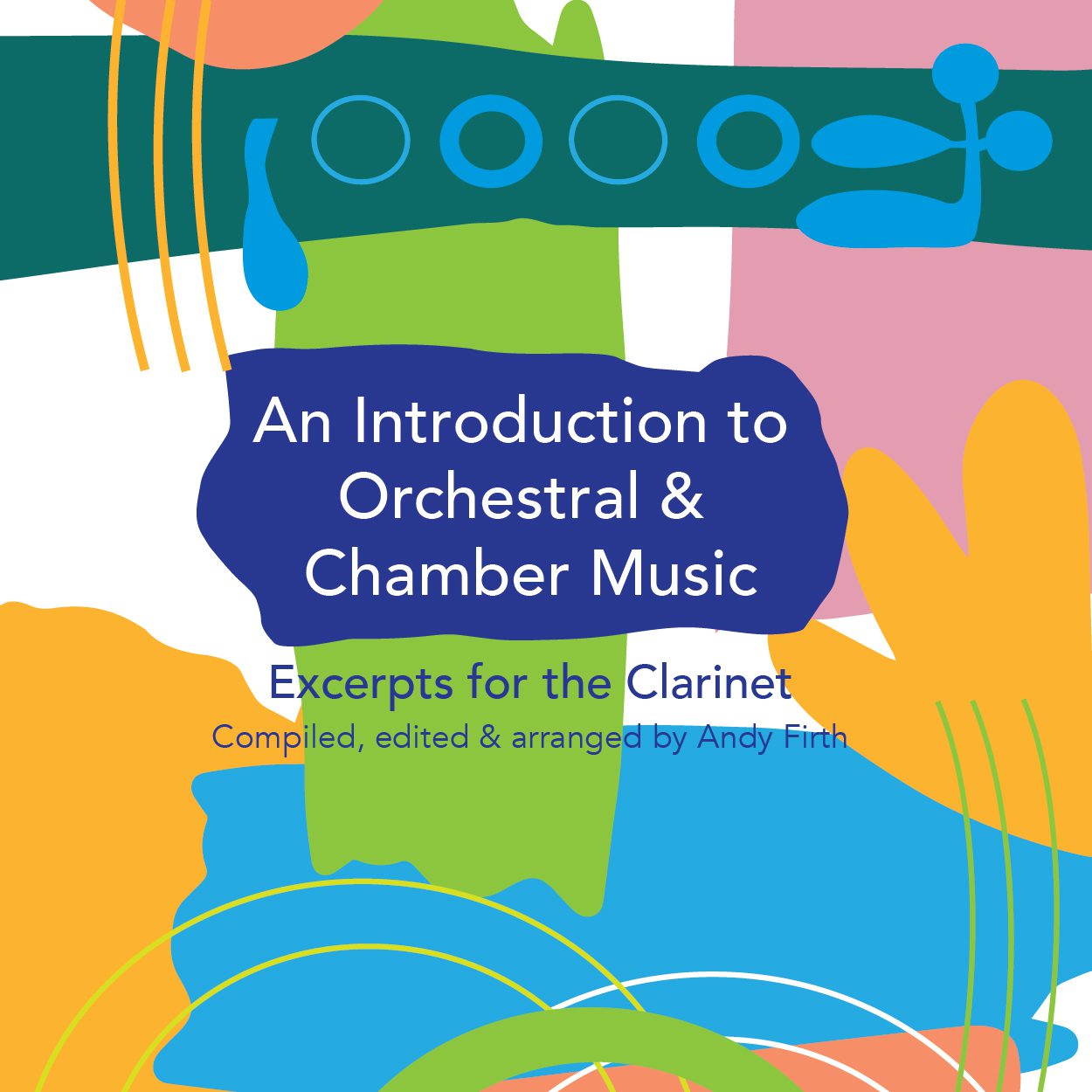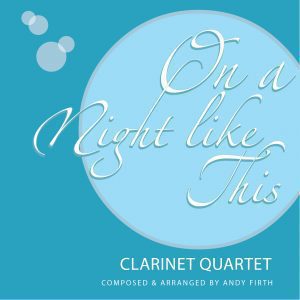Description
Orchestral and Chamber Music Excerpts for the Clarinet
Why did I Write this Book?
The desire to write this book came from the necessity to create a book with orchestral and chamber music extracts that I could use with my students but for examination use as well.
Having played and studied these excerpts as a young clarinet performance degree student, I was shocked to find that many of the texts that were so readily available back then (the mid-1980s) are no longer available for purchase.
The texts that are still available, although comprehensive and excellent, tend to be too challenging for high school and early college-level students. This is hardly surprising considering the formidable musical minds that created these masterpieces.
This book is not designed to be an authoritative or complete collection of the orchestral or chamber music literature, merely an introductory guide to it.
The Content
I have selected a smattering of the most commonly used and studied excerpts from the clarinet-oriented orchestral and chamber music literature I felt was accessible and achievable for the level of the student.
In book one of this series, I have confined myself to pre-twentieth-century works and have edited and presented these excerpts after many weeks of poring over copies of both the composer’s original scores (where possible).
I’ve attempted to present the most accurate and accessible version of these excerpts without changing anything that I felt is fundamental to the composer’s artistic and/or musical intent. Approaching each excerpt with this in mind but balanced this caveat with the eye and experience of a clarinet performer.
My Method
Wherever the composer has scored an articulated passage or figure that I felt was not easily accessible or achievable, I have indicated a “suggested” alternative to this via the use of dotted slurs. In such passages, the student is thus able to present whichever version they prefer.
The student should also note that wherever a significant portion of the music is stated that did not warrant representation or did not involve the clarinet, I have indicated this by use of a double bar line and a blanked-out section of the score.
Important Observations
Many of the works were written for clarinets in keys other than Bb, clarinet in A and C for example. Should the student not have access to these other clarinets it is permissible to perform the excerpt as written and recommended that they do not transpose these excerpts outside of an orchestral context.
In my opinion, it is the fingering and articulation that are of importance and this would be the case whether the excerpt was performed on a Bb, A or C clarinet. Any tonal or pitch considerations are only valid when these excerpts are to be performed within an orchestral context.
A Few Additions to the Standard Repertoire
I have included a few of my own chamber music works in this book for no other reason than to present a few excerpts that do not form a part of the standard chamber music literature. I feel that it is important that students are able to perform and interpret works that they may not have heard or performed before.
I hope that you find this book of use and a source of joy and learning for many years to come,
Andy Firth (February 2023)


